


Have you ever had the frustrating experience of your washing machine not filling with water? It can be extremely annoying when you’re ready to do a load of laundry, but your machine won’t cooperate. There can be several reasons why this problem occurs, so it’s important to know what the causes could be and how to solve them.
One of the most common causes of a washing machine not filling with water is a faulty water inlet valve. This valve controls the flow of water into the machine, and if it’s malfunctioning, it may not open properly or at all. In this case, you may need to replace the valve to fix the problem. Another possible cause could be a clogged water supply hose. Over time, debris and sediment can build up in the hose and block the flow of water. Cleaning or replacing the hose can help to resolve this issue.
Additionally, a malfunctioning water level sensor or pressure switch could be to blame for the problem. This sensor determines when the appropriate amount of water has entered the machine. If it’s not working correctly, it may not allow any water to enter the machine. Replacing the sensor may be necessary in this case. Another potential cause could be a kinked or clogged drainage hose. If the water can’t drain properly, the machine may not fill with water. Checking and clearing any blockages in the drainage hose can help to resolve this issue.
In conclusion, a washing machine not filling with water can be a frustrating problem to encounter. By understanding the possible causes, such as a faulty water inlet valve, clogged water supply hose, malfunctioning water level sensor, or blocked drainage hose, you can take the necessary steps to resolve the issue and get your machine back in working order.
Causes and Solutions for Washing Machine Not Filling with Water
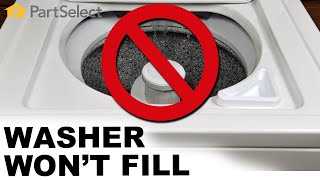
If your washing machine is not filling with water, there could be several reasons causing this issue. It is essential to identify the cause before applying the appropriate solution. Here are some common causes and their solutions:
-
Water supply issue:
Check if the water supply valve is fully open. If not, turn it on and ensure there is adequate water pressure. Additionally, inspect the inlet hoses for any kinks or blockages. Clear any clogs and straighten the hoses if needed.
-
Faulty water inlet valve:
The water inlet valve controls the water flow into the washing machine. If it is defective, the machine may not fill with water. Inspect the valve for any signs of damage or malfunction. If necessary, replace the water inlet valve to restore proper functioning.
-
Clogged filter screen:
The filter screen located in the inlet valve or hose can become clogged with debris over time. This can restrict water flow and prevent the machine from filling. Remove the filter screen and clean it thoroughly. Reinstall it and check if the problem is resolved.
-
Plumbing issues:
If other faucets or appliances in your home are also experiencing low water pressure or no water, it could be a sign of plumbing issues. Contact a professional plumber to inspect and fix any problems with your plumbing system.
-
Sensor or control board malfunction:
In some cases, a malfunctioning sensor or control board may prevent the washing machine from filling with water. Consult the manufacturer’s manual or contact a qualified technician to diagnose and repair any issues related to these components.
If none of the above solutions work, it is recommended to seek the assistance of a professional appliance repair service. They will be able to diagnose and fix the issue effectively.
Blocked Water Inlet Valve
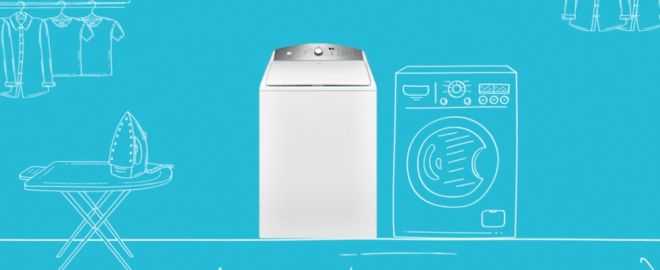
If your washing machine is not filling with water, one possible cause could be a blocked water inlet valve. The water inlet valve is responsible for controlling the flow of water into the machine, and if it becomes blocked or clogged, it can prevent water from entering the machine properly.
To check if the water inlet valve is blocked, you can follow these steps:
- First, ensure that the washing machine is unplugged from the power source to avoid any accidents.
- Locate the water inlet valve, which is usually located at the back of the machine.
- Disconnect the water supply hoses from the valve.
- Inspect the inlet valve for any debris or blockages. Use a flashlight if needed.
- If you find any blockages, use a small brush or toothbrush to carefully remove them. Be gentle to avoid damaging the valve.
- Once the valve is clean, reattach the water supply hoses.
- Plug the washing machine back in and run a test cycle to check if the water is filling properly.
If the water inlet valve is severely blocked or damaged, it may need to be replaced. In such cases, it is recommended to consult a professional or contact the manufacturer for further assistance.
Faulty Water Level Sensor

The water level sensor is a crucial component in a washing machine that ensures the correct amount of water is filled into the tub for each cycle. If the sensor is faulty, it can cause the washing machine to not fill with water. Here are some possible causes and solutions for a faulty water level sensor.
Causes:
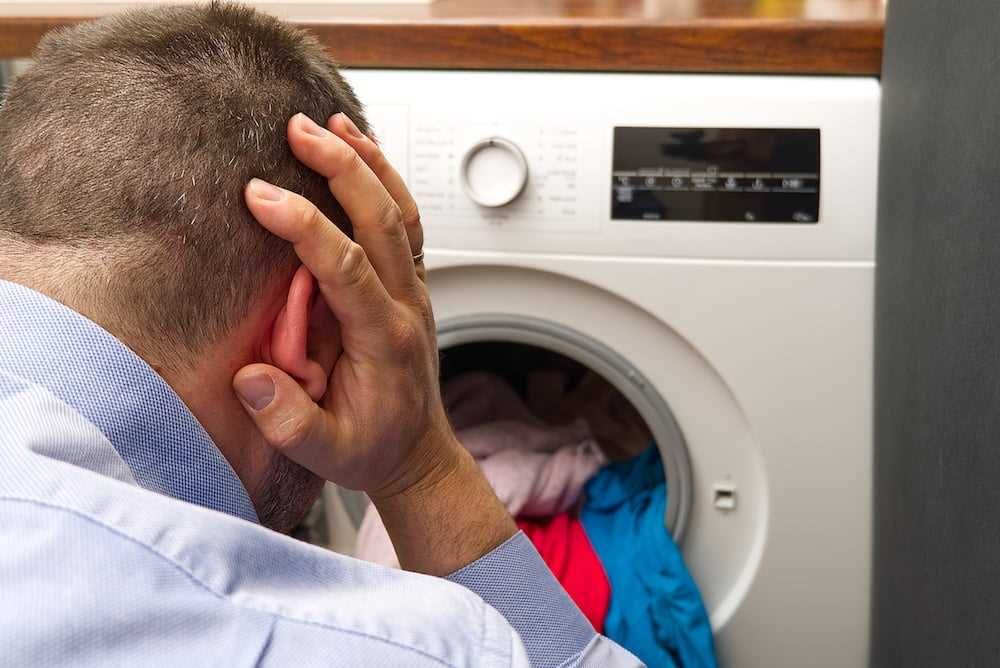
- Dirty sensor: Over time, the water level sensor may become dirty or clogged with debris, causing it to malfunction. This can prevent the sensor from accurately detecting the water level in the tub.
- Worn-out sensor: The water level sensor may become worn out or damaged due to continuous use. This can cause it to stop working properly and fail to detect the water level accurately.
Solutions:
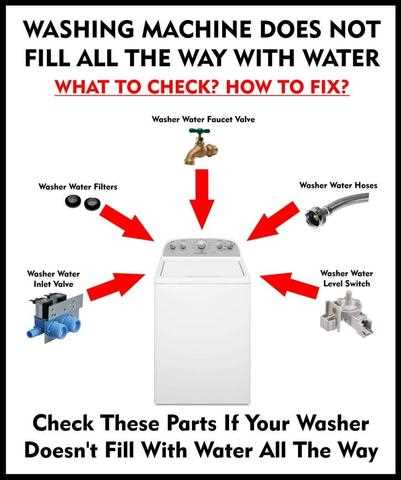
If you suspect that the water level sensor is faulty, here are some possible solutions:
- Clean the sensor: To fix a dirty sensor, you can try cleaning it with a soft cloth or a small brush. Make sure to disconnect the washing machine from the power source before attempting to clean the sensor. Gently wipe away any dirt or debris that may be obstructing the sensor.
- Replace the sensor: If cleaning the sensor does not fix the issue, you may need to replace it. Consult the washing machine’s user manual or contact a professional technician to determine the right replacement part for your specific model. Disconnect the power and water supply before attempting to replace the sensor.
In some cases, the faulty water level sensor may be a result of other underlying issues with the washing machine. If the problem persists even after cleaning or replacing the sensor, it is recommended to seek professional help to diagnose and fix the problem.
Clogged Water Supply Hose
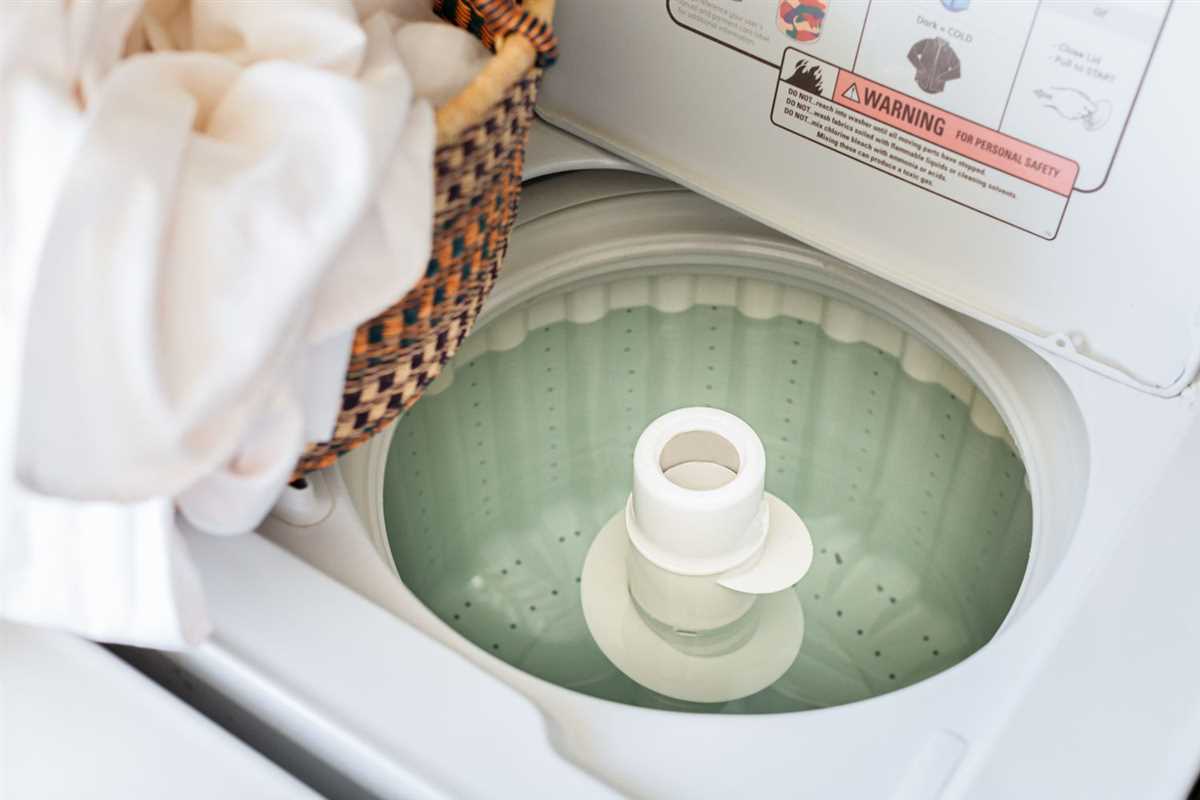
If your washing machine is not filling with water, one possible cause could be a clogged water supply hose. The water supply hose carries water from the main water supply to the washing machine’s water inlet valve. Over time, these hoses can become blocked with debris and sediment, preventing water from flowing properly.
Solution:
- Turn off the water supply to the washing machine. This can usually be done by turning the shut-off valve located near the hose connections.
- Disconnect the water supply hose from the washing machine’s water inlet valve.
- Inspect the hose for any signs of blockage or debris. If you notice any, clean the hose thoroughly. You can use a brush or a piece of wire to remove any obstructions.
- Once the hose is clean, reattach it to the water inlet valve. Make sure it is tightly secured.
- Turn on the water supply and check if the washing machine is now filling with water properly.
In some cases, the water supply hose may be too damaged or worn out to be effectively cleaned. If this is the case, it is recommended to replace the hose with a new one. You can purchase a replacement hose from a hardware store or an appliance parts retailer.
Note: Before performing any maintenance or repairs on your washing machine, always make sure to unplug it from the power source to avoid any electrical shock. If you are unsure about any steps or have concerns about your safety, it is recommended to seek professional assistance.
Malfunctioning Water Fill Solenoid
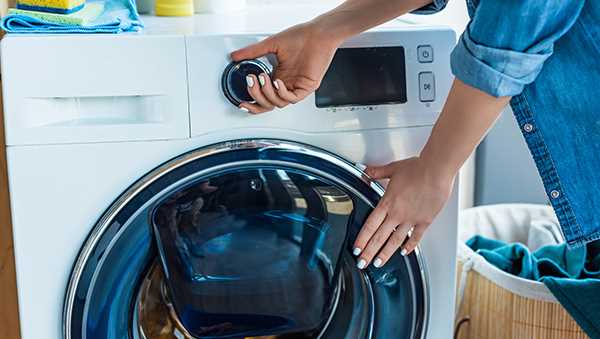
The water fill solenoid is responsible for controlling the flow of water into the washing machine. If the solenoid is malfunctioning, it may not allow any water to enter the machine, resulting in no water filling up the tub.
Possible causes of a malfunctioning water fill solenoid include:
- Defective solenoid valve: Over time, the solenoid valve may become worn or damaged, preventing it from opening and allowing water to flow into the machine.
- Electrical issue: If there is a problem with the electrical connection to the solenoid valve, it may not receive the signal to open and let water in.
- Clogged valve: The solenoid valve may become clogged with debris or mineral deposits, inhibiting its ability to open and allow water to enter the machine.
Possible solutions:
- Check the electrical connection: Ensure that the washing machine is properly plugged in and that there is no issue with the power supply. Also, check the wiring and connections to the solenoid valve for any loose or damaged wires.
- Clean the solenoid valve: If the valve is clogged with debris or mineral deposits, it can sometimes be cleaned using a mixture of vinegar and water. Disconnect the water supply and carefully remove the valve to clean it. Refer to the manufacturer’s instructions for specific cleaning guidelines.
- Replace the solenoid valve: If the solenoid valve is defective and cannot be repaired, it will need to be replaced. Contact a professional or the manufacturer for a replacement valve and follow the installation instructions.
If the above solutions do not resolve the issue, it is recommended to contact a qualified technician or the manufacturer for further assistance.
Water Pressure Issue
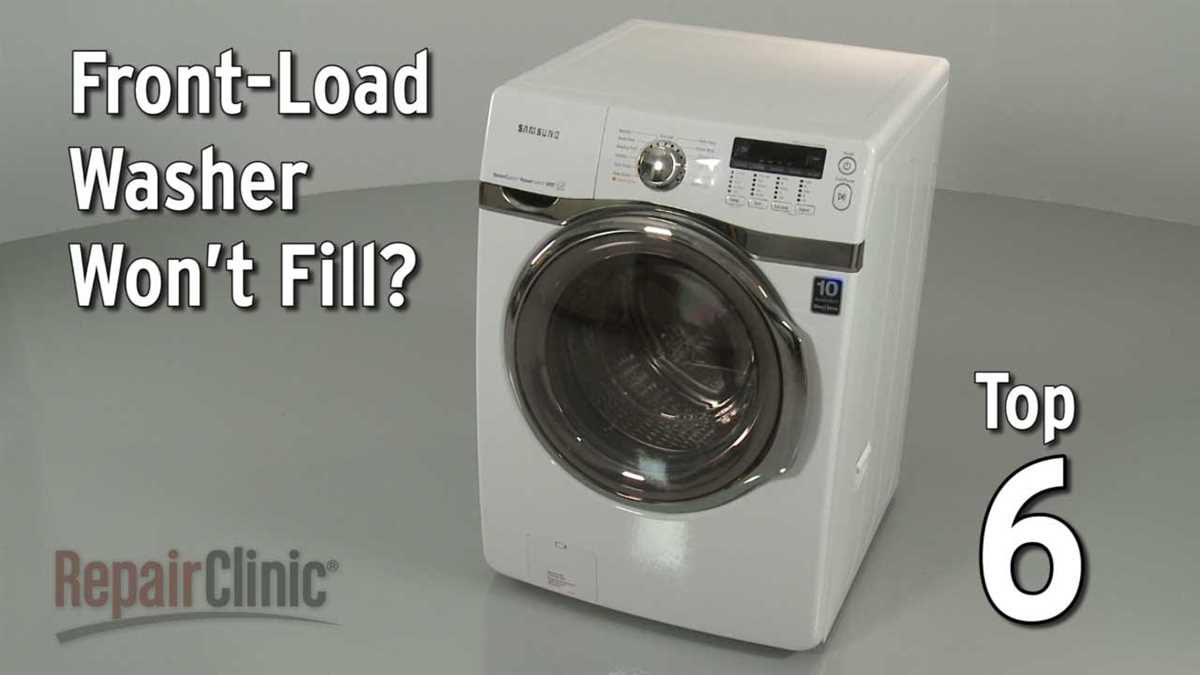
If your washing machine is not filling with water, one possible cause could be a water pressure issue. Here are some common factors to consider:
- Low Water Pressure: If there is insufficient water pressure, the machine may not be able to fill with water properly. Check if there is any decrease in water pressure in your area, or if other appliances are also experiencing low water pressure.
- Clogged Water Inlet Valve: The water inlet valve of the washing machine can get clogged with debris over time. This can restrict the flow of water into the machine. Inspect the water inlet valve and clean it if necessary.
- Malfunctioning Water Inlet Valve: A malfunctioning water inlet valve can also prevent water from entering the washing machine. Test the valve for proper functionality and replace it if needed.
- Kinked or Damaged Hoses: Check for any kinks or damage in the hoses that supply water to the washing machine. Such issues can restrict the water flow and cause filling problems.
- Faulty Pressure Switch: The pressure switch monitors the water level in the washing machine and signals the machine to stop filling when the appropriate level is reached. If the pressure switch is faulty, it may not accurately detect the water level and cause the machine not to fill.
If you suspect a water pressure issue, it is recommended to consult a professional technician or a plumber to diagnose and resolve the problem effectively. They will have the necessary expertise and tools to identify the exact cause and provide the appropriate solution.
FAQ
My washing machine is not filling with water. What could be the possible causes?
There are several potential causes for a washing machine not filling with water. It could be a problem with the water supply, such as a closed water valve or a clogged hose. Another possibility is a malfunctioning water inlet valve or a faulty water level sensor. It is also important to check if the door or lid is properly closed, as some machines won’t start filling if the door is not securely shut.
What should I do if my washing machine is not filling with water?
If your washing machine is not filling with water, first check the water supply. Make sure the water valve is fully open and that the hose is not clogged or kinked. If the water supply is not the issue, inspect the water inlet valve and the water level sensor. These components may need to be replaced if they are faulty. Additionally, ensure that the door or lid is securely closed before starting the wash cycle.
Why is my washing machine not filling with water but spinning?
If your washing machine is spinning but not filling with water, it is likely that there is an issue with the water supply. Check if the water valve is open and if the hose is properly connected. There could also be a problem with the water inlet valve or the water level sensor. It is recommended to inspect these components and have them replaced if necessary.
Is there a way to fix my washing machine if it is not filling with water?
Yes, there are several steps you can take to fix a washing machine that is not filling with water. Start by checking the water supply, ensuring that the water valve is fully open and that the hose is not clogged or kinked. If the water supply is not the issue, inspect the water inlet valve and the water level sensor. Cleaning or replacing these components may solve the problem. It is also important to make sure that the door or lid is securely closed before starting the wash cycle.












